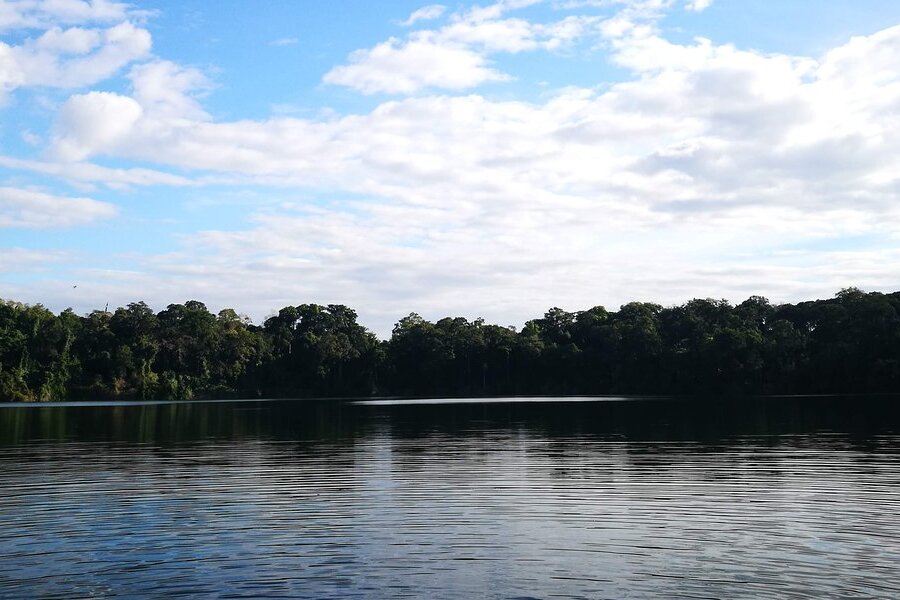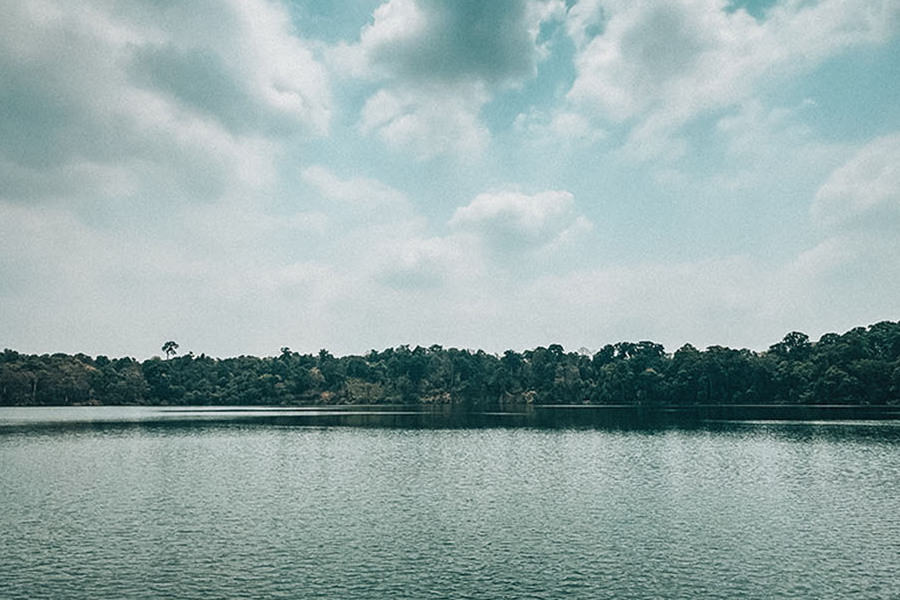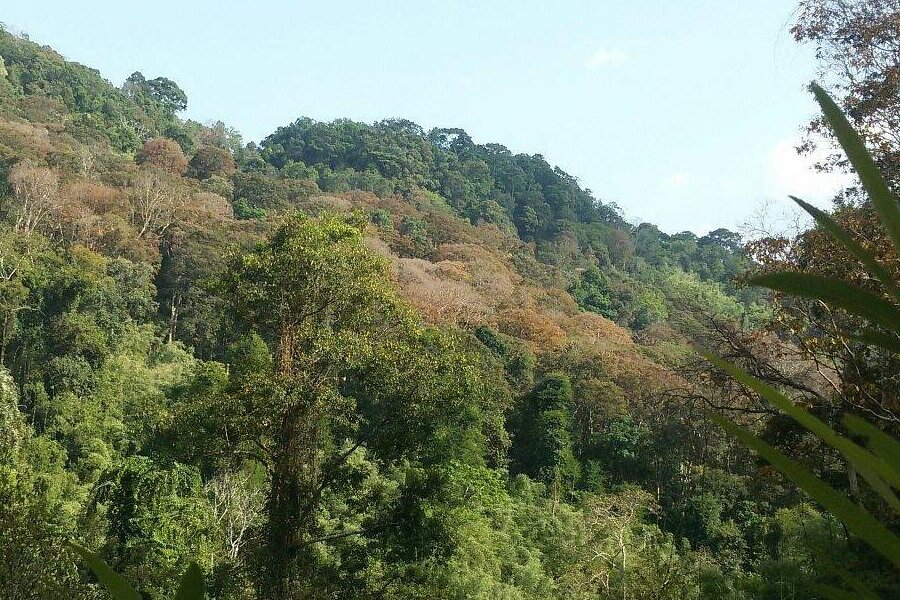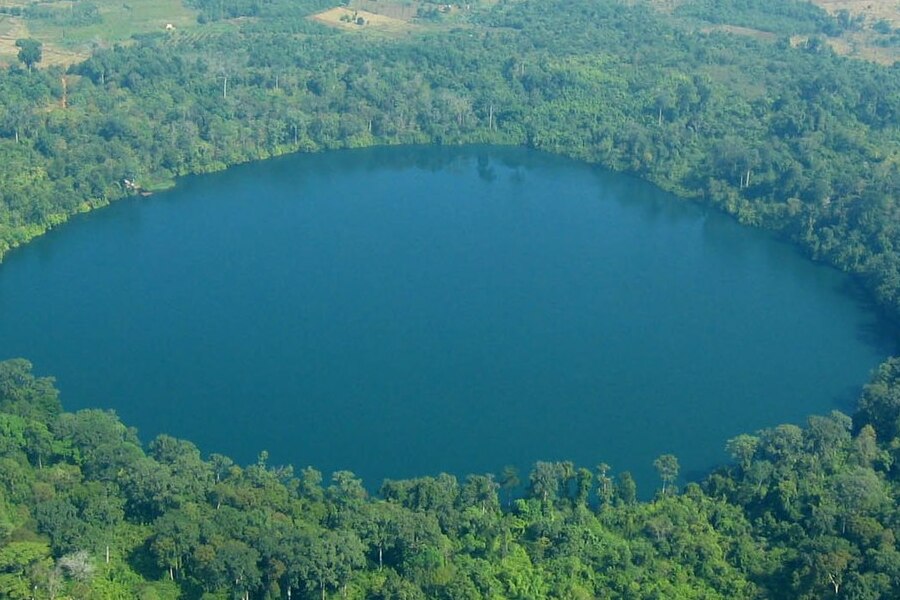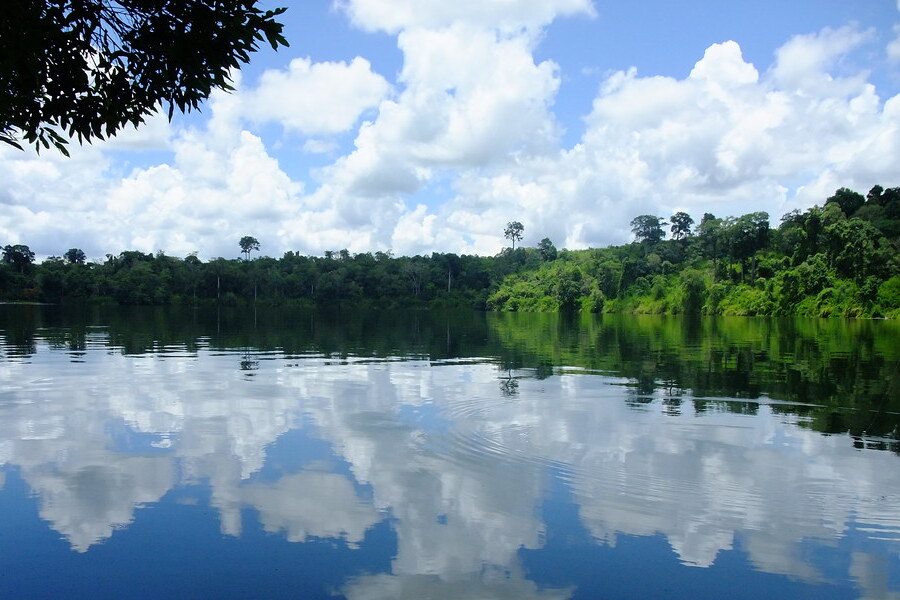Embark on an adventure to Ratanakiri, a hidden gem nestled in the northeastern corner of Cambodia. This captivating province beckons travelers with its lush landscapes, vibrant ethnic minority cultures, and the breathtaking beauty of Yeak Laom Lake. Join us on a Cambodia tour as we explore the wonders of Ratanakiri, where verdant jungles, cascading waterfalls, and the rich tapestry of indigenous traditions await discovery.
Contents
An overview of Ratanakiri
Nestled in the northeastern corner of Cambodia, Ratanakiri emerges as a pristine haven of natural beauty and cultural diversity. This enchanting province boasts lush landscapes, dense jungles, and cascading waterfalls, offering a captivating playground for adventurers and nature enthusiasts alike.
Ratanakiri is home to a rich tapestry of ethnic minority communities, each with its own unique traditions, languages, and way of life. From the vibrant markets of Banlung, the provincial capital, to the tranquil shores of Yeak Laom Lake, Ratanakiri beckons travelers to immerse themselves in its mesmerizing landscapes and vibrant cultural tapestry. Whether trekking through verdant forests, interacting with local villagers, or simply savoring the serenity of its natural wonders, Ratanakiri promises an unforgettable journey into the heart of Cambodia's untouched wilderness.
What to Expect in Ratanakiri?
Lush Landscapes in Ratanakiri
Ratanakiri's lush landscapes paint a breathtaking tableau of natural beauty, inviting travelers to immerse themselves in the verdant embrace of Cambodia's northeastern gem. Towering forests, verdant hills, and sprawling valleys define the terrain, while meandering rivers and cascading waterfalls add to the region's ethereal allure.
Trekking through Ratanakiri's pristine wilderness unveils a kaleidoscope of sights and sounds, from the vibrant hues of tropical flora to the mesmerizing melodies of exotic birdlife. The province's ecological diversity is matched only by its cultural richness, as indigenous communities coexist harmoniously with the natural world, their traditions deeply intertwined with the land they call home.
Whether traversing dense jungles, cooling off beneath pristine waterfalls, or simply reveling in the serenity of its untouched landscapes, Ratanakiri promises an immersive journey into the heart of Cambodia's natural splendor.
Virachey National Park
An iconic landscape is the Virachey National Park, a sprawling wilderness of dense forests, rugged mountains, and meandering rivers. Home to diverse flora and fauna, including endangered species such as the Asian elephant and Indochinese tiger, Virachey National Park beckons adventurers with its network of trekking trails and pristine natural beauty.
Banlung Plateau
Lastly, the picturesque Banlung Plateau presents panoramic vistas of rolling hills, verdant valleys, and sprawling rice paddies. This fertile landscape, dotted with traditional villages and swaying palm trees, epitomizes the idyllic charm of rural Cambodia and offers travelers a glimpse into the timeless rhythms of agrarian life.
Ethnic minority cultures in in Ratanakiri
Ratanakiri province is renowned for its rich tapestry of ethnic minority cultures, each with its own unique traditions, languages, and way of life. These indigenous communities, often referred to as hill tribes or highlanders, have inhabited the region for centuries, preserving their customs and heritage amidst the changing tides of modernity. Here are some examples of ethnic minority cultures in Ratanakiri:
Jarai (Jrai)
The Jarai people are one of the largest ethnic minority groups in Ratanakiri, known for their distinctive traditions, including animist beliefs and intricate weaving techniques. They are renowned for their colorful traditional attire, elaborate funeral ceremonies, and communal longhouses known as "rong."
Tampuan (Tampuon)
The Tampuan people are another prominent ethnic group in Ratanakiri, known for their expertise in agriculture and craftsmanship. They practice animism and shamanism, and their cultural traditions are deeply intertwined with nature. Tampuan villages are characterized by stilted wooden houses and communal gathering spaces.
Kroeung (Kreung)
The Kroeung people are known for their agricultural practices, particularly rice cultivation and coffee farming. They are skilled artisans, crafting intricate bamboo baskets and traditional musical instruments. Kroeung villages often feature distinctive wooden longhouses and communal rice barns.
Brao (Prao)
The Brao people are known for their intricate textile designs, including handwoven fabrics adorned with geometric patterns and motifs. They have a rich oral tradition, with storytelling playing a central role in their cultural heritage. Brao villages typically have communal meeting areas known as "rông" where villagers gather for ceremonies and celebrations.
Kavet (Ka Vêêt)
The Kavet people are one of the smaller ethnic minority groups in Ratanakiri, traditionally living in remote forested areas. They are skilled hunters and gatherers, relying on traditional knowledge of the land for sustenance. Kavet communities practice animism and have a strong connection to the natural world.
Yeak Laom Lake in Ratanakiri
Yeak Laom Lake is a serene and enchanting natural wonder that captivates visitors with its pristine beauty and tranquil ambiance. This ancient volcanic crater lake, formed over 4,000 years ago, is surrounded by dense jungle foliage, creating a secluded oasis of calm amidst the verdant landscape.
The lake itself spans approximately 700 meters in diameter and reaches depths of up to 48 meters, its crystal-clear waters reflecting the lush greenery that envelops its shores. The cool, emerald waters of Yeak Laom Lake beckon travelers to take a refreshing dip or paddle leisurely in traditional wooden canoes, offering a respite from the tropical heat.
Surrounding the lake is a well-maintained nature reserve, home to a diverse array of plant and animal species. Towering trees, including giant strangler figs and towering dipterocarp species, provide shade and shelter to a variety of birdlife, butterflies, and other wildlife. Nature trails wind through the reserve, inviting visitors to explore the lush jungle and discover its hidden treasures.
At the edge of the lake, visitors can relax on wooden platforms or picnic areas, enjoying scenic views of the tranquil waters and lush surroundings. The peaceful ambiance of Yeak Laom Lake makes it an ideal spot for meditation, reflection, or simply soaking in the natural beauty of the Cambodian countryside.
Yeak Laom Lake holds cultural significance for the indigenous communities of Ratanakiri, who consider it a sacred site imbued with spiritual significance. According to local beliefs, the lake is inhabited by a guardian spirit known as "Neak Ta Yeak," who watches over the land and its inhabitants.
How to get to Ratanakiri?
Getting to Ratanakiri, a remote province in northeastern Cambodia, requires a bit of planning and patience due to its distance from major cities and the rugged terrain of the region. Here are some common ways to reach Ratanakiri:
By Bus
- From Phnom Penh: Several bus companies operate daily services from Phnom Penh to Ratanakiri's provincial capital, Banlung. The journey typically takes around 9 to 12 hours, depending on road conditions and stops along the way. Buses depart from Phnom Penh's Eastern Bus Terminal and arrive at the central bus station in Banlung.
- From Siem Reap: While there are no direct buses from Siem Reap to Ratanakiri, travelers can take a bus to Phnom Penh and then transfer to another bus bound for Banlung. The total travel time from Siem Reap to Ratanakiri via Phnom Penh is approximately 12 to 15 hours.
By Private Transportation
For a more comfortable and convenient option, travelers can hire a private taxi or minivan to Ratanakiri from Phnom Penh or other major cities. Private transportation offers the flexibility to set your own schedule and make stops along the way for sightseeing or rest breaks. It's advisable to arrange private transportation in advance through hotels, guesthouses, or travel agencies.
By Motorcycle or Bicycle
For adventurous travelers, renting a motorcycle or bicycle offers a scenic and flexible way to explore Ratanakiri at your own pace. While road conditions may be challenging in some areas, particularly during the rainy season, traveling by motorcycle or bicycle allows for a more immersive and adventurous experience.
By Boat (from Stung Treng)
Travelers coming from the north can opt to travel to Ratanakiri by boat from the town of Stung Treng, located along the Mekong River. Boat services operate along the Sesan River, offering a scenic journey through remote landscapes. However, boat services may be less frequent and subject to seasonal variations in water levels.
In conclusion, Ratanakiri stands as a captivating destination that beckons travelers to explore its lush landscapes, immerse themselves in the rich tapestry of ethnic minority cultures, and marvel at the natural beauty of Yeak Laom Lake. This remote province in northeastern Cambodia offers a wealth of experiences for those embarking on Cambodia vacations, from trekking through pristine jungles and interacting with indigenous communities to unwinding by the tranquil shores of the picturesque lake.

